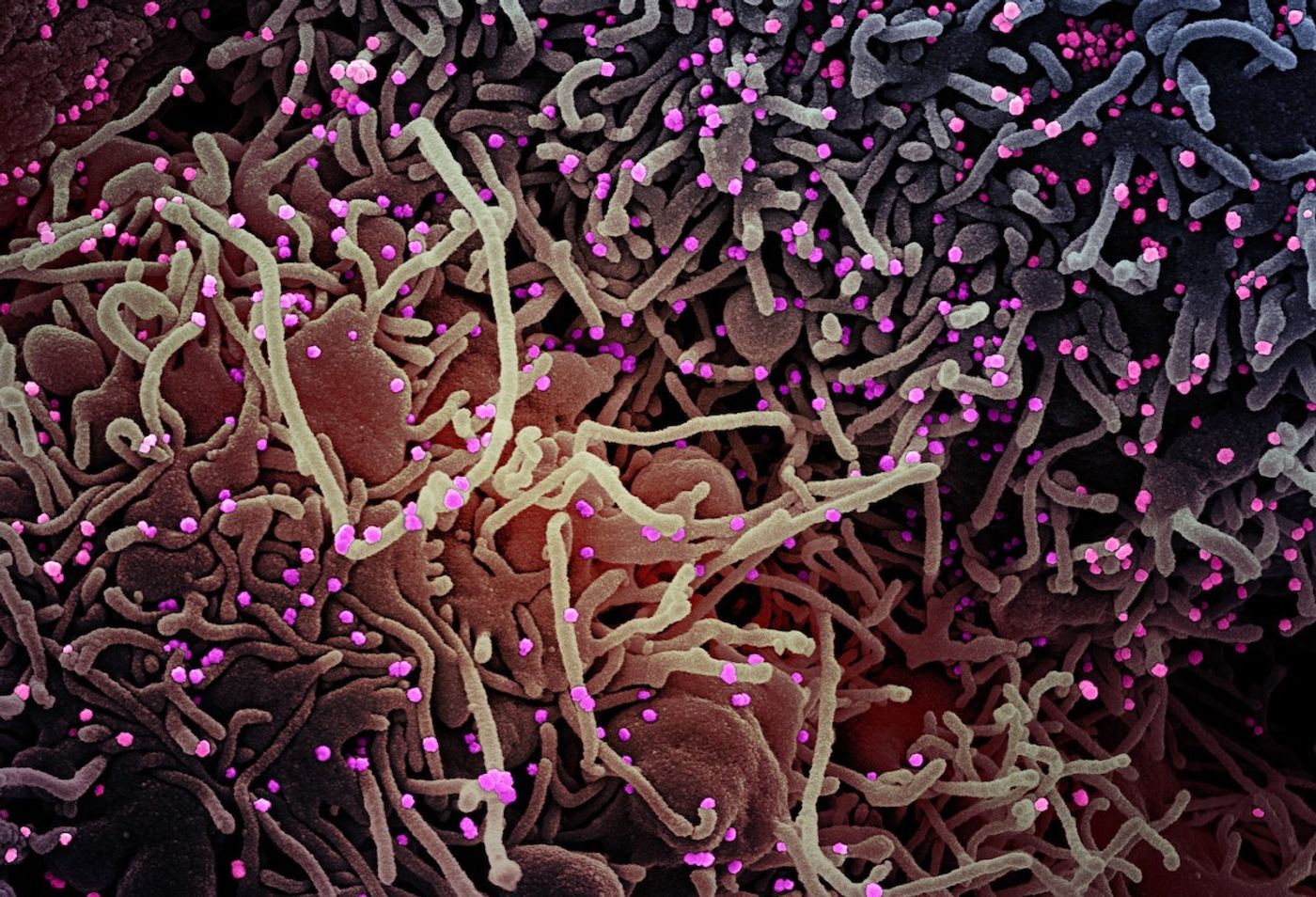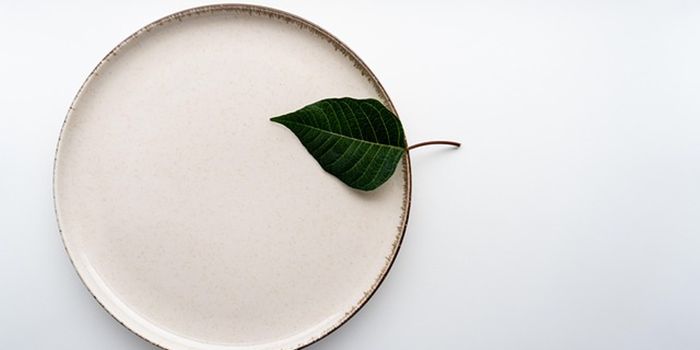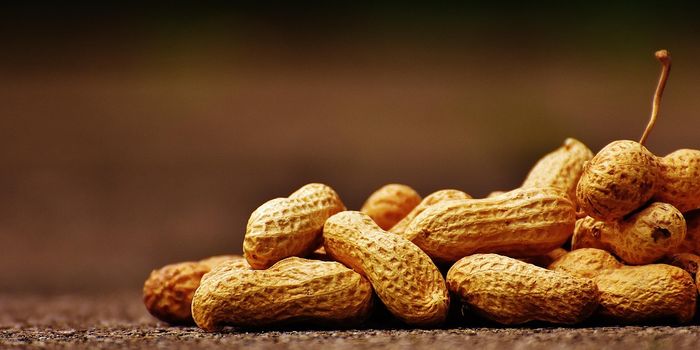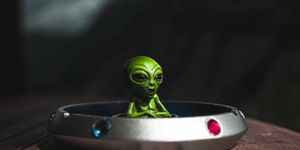Nanobodies Could Protect Us From Every Variant
New research has suggested that immune reactive molecules called nanobodies, which are based on molecules found in llamas, could offer robust protection against a variety of COVID-19 variants and some other coronaviruses. These small chemicals have special properties that gives them advantages over antibodies; they are stable, easier to produce, soluble, and are highly selective when it comes to finding a binding partner. Unlike antibodies produced by other animals, those made by alpacas, camels, and llamas have only one polypeptide chain, so they are specific but smaller, and they can be linked together in a chain. The findings have been published in Cell Reports.
Camelid nanobodies can neutralize an array of viruses, and they ".. are likely to be effective against future variants and outbreaks of SARS-like viruses." Because they can also ".. protect both the upper and lower respiratory tracts against infection," they could be crucial as a treatment to complement to ".. vaccines and monoclonal antibody drugs if and when a new COVID-19 variant or SARS-CoV-3 emerges," said lead study author Yi Shi, Ph.D, an Associate Professor at the Icahn School of Medicine at Mount Sinai.
In this study, the researchers exposed a llama named "Wally," to a fragment of the spike protein made by SARS-CoV-2. This portion of the spike protein, part of the receptor binding domain (RBD), is how the virus binds to host cells to start an infection.
The researchers determined that if Wally was repeatedly immunized to the RBD, nanobodies were generated that could bind not only to SARS-CoV-2, but also to many other coronaviruses. This repeated exposure produced a kind of "super-immunity." The scientists isolated many nanobodies from Wally's serum, confirming that they had potent efficacy against many SARS-like viruses.
The nanobodies' tiny size "gives them a crucial advantage against a rapidly mutating virus," noted study co-author Ian Wilson, Ph.D., a Professor and Chair at Scripps Research in La Jolla, California. "Specifically, it allows them to penetrate more of the recesses, nooks, and crannies of the virus surface, and thus bind to multiple regions to prevent the virus from escaping and mutating."
With structural data that was obtained in this effort, the researchers engineered a potent nanobody that can attach to two parts of RBDs on different SARS viruses. It can be aerosolized and used in a spray, which has recently been shown to be a highly effective way to vaccinate people against respiratory diseases. Though more research will be necessary, these nanobodies could be a great tool in the fight against current and future viruses.
Sources: The Mount Sinai Hospital, Cell Reports









